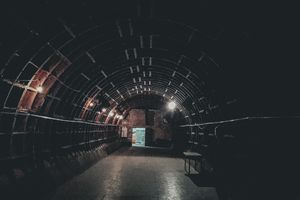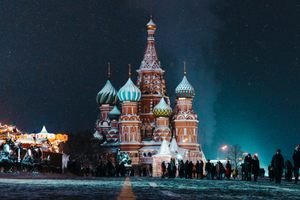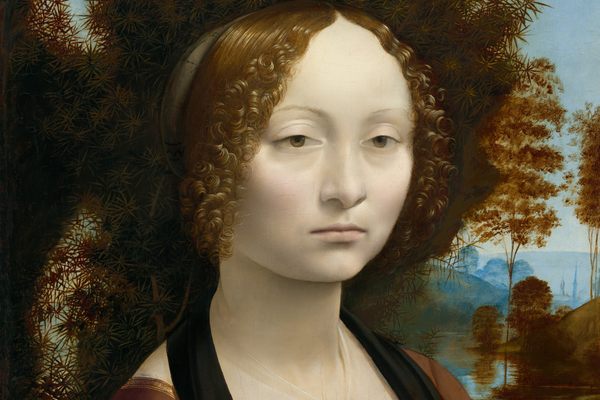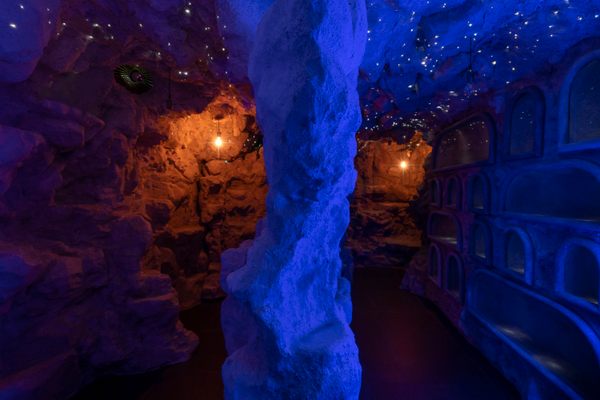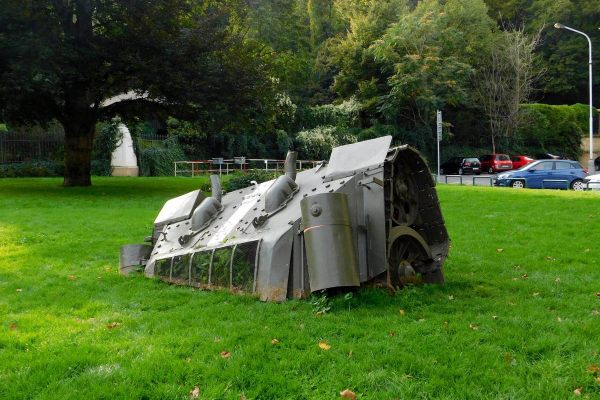About
Art lovers often scoff at socialist realism—the officially approved art of the Soviet Union—shrugging it off as propaganda. But this relatively new museum, based on a vast private collection, showcases the diversity and often surprising humor and humaneness of socialist realist art.
Opened in 2011, the Institute of Russian Realist Art (IRRA) houses a trove of Soviet artistic treasures. The museum is said to hold the best collection of socialist realist art from the 20th century.
Socialist realism was the dominant style of art in the Soviet Union; a regulated, rigid form of creativity. As its name suggests, it relied on realistic images that highlighted communist values. It was approved and promoted by the government, hence its reputation as a form of propaganda.
IRRA contains about 500 of these unique works of art. Its collection spans the entire Soviet period, and its different floors are dedicated to different eras. Exploring the different levels is like traveling back in time. On the first floor, you’ll find items pertaining to present-day Russia. Head to the second floor, and you can gaze upon art from the second half of the 20th century. Head up one more level, and discover early 20th-century gems from renowned socialist realist painters like Arkady Plastov and Aleksandr Deyneka.
The building itself is of great importance, too. The red-brick structure, which was built in 1823 by a Swiss master, was once the largest cotton printing factory in the Russian Empire. Located on the outskirts of the city, it’s a great place to spend an afternoon away from the tourist crowds and explore Moscow's historic Zamoskvorechye ("beyond the Moscow River") district.
Related Tags
Know Before You Go
The nearest metro stops are Paveletskaya and Proletarskaya. After visiting the museum, you can walk across the Novospassky Bridge to visit the historic Novospassky Monastery, and travel back in time at the Krutitskoe Podvorye, a 17th-century church and courtyard that has been preserved since pre-revolutionary times.
Community Contributors
Added By
Published
January 11, 2018




























